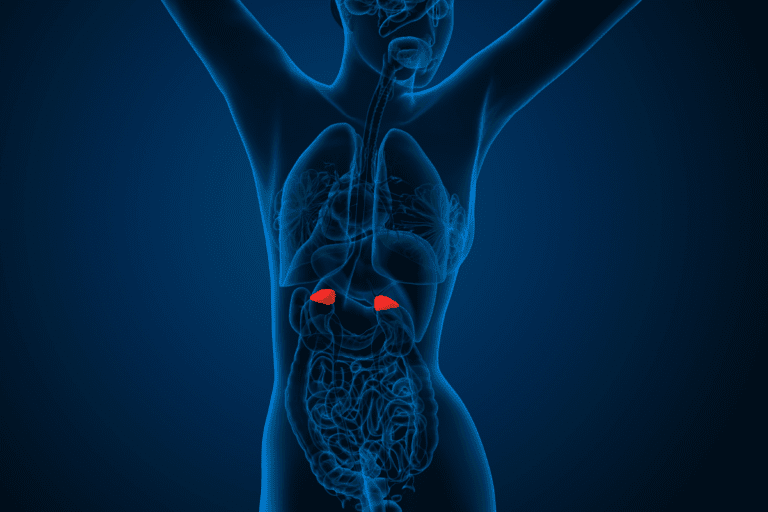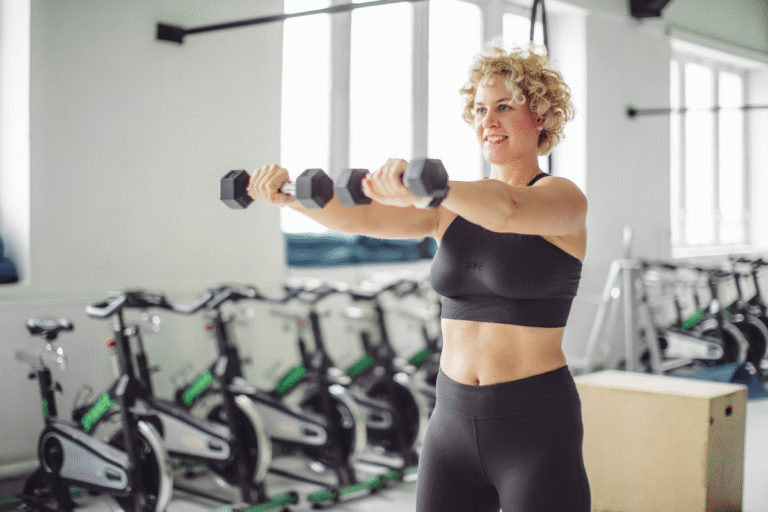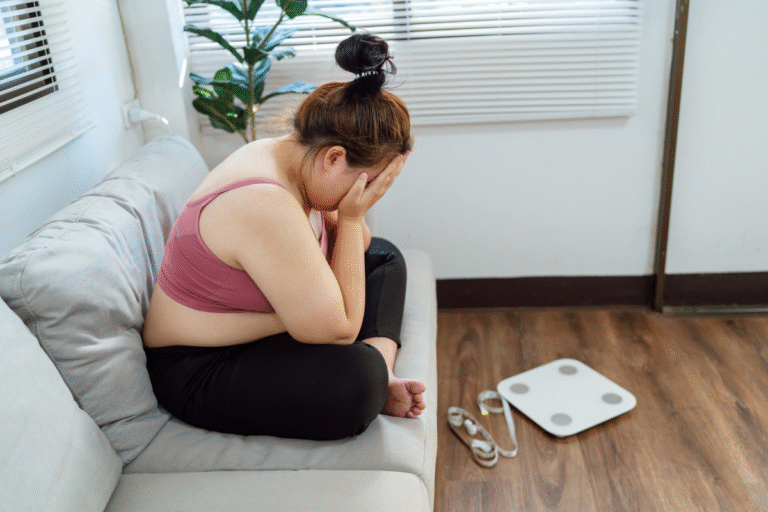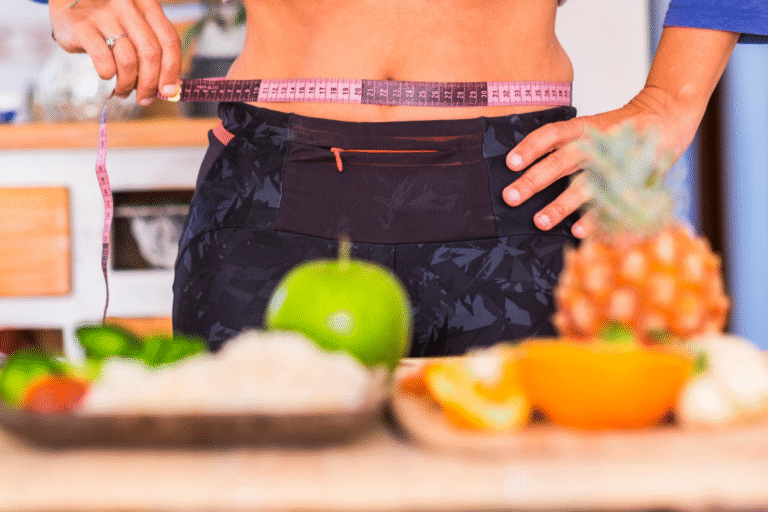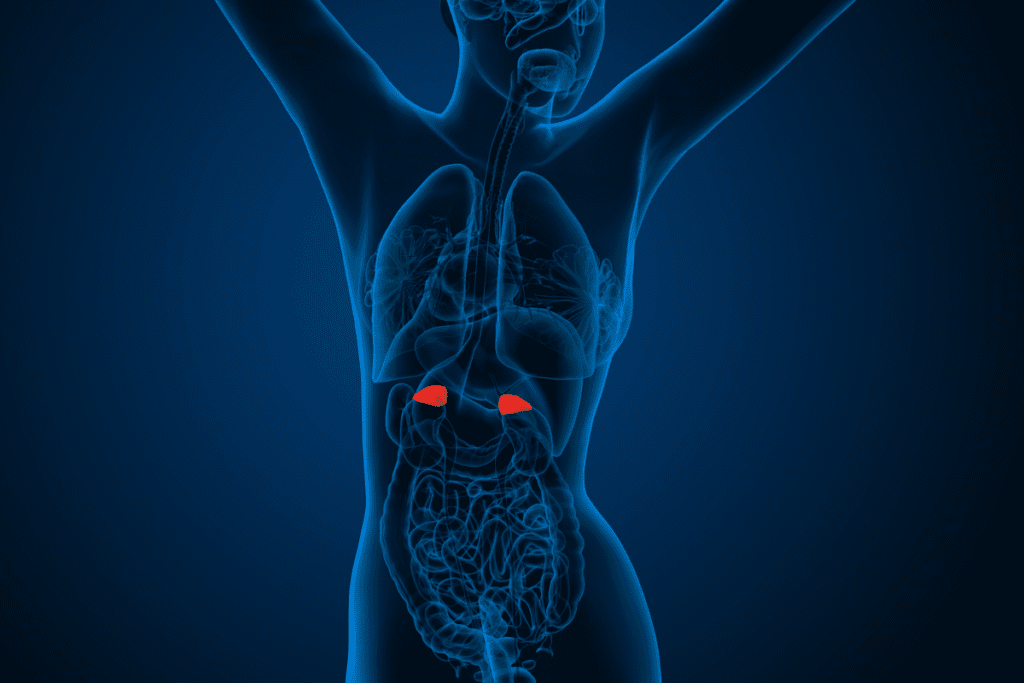
Maybe your provider just recommended DHEA, or you’ve seen it mentioned in relation to fatigue, low libido, or mood—and you’re wondering:
What is this stuff, and what will it actually do for me?
At Antigravity Wellness, we often incorporate DHEA (dehydroepiandrosterone) as part of a personalized hormone support plan for women in their 30s, 40s, and beyond—especially those experiencing adrenal fatigue, burnout, mood instability, or low libido.
Let’s walk through the essentials so you can feel confident and informed as you begin.
What Is DHEA and Why Might I Need It?
DHEA is a precursor hormone made primarily by your adrenal glands. It converts into testosterone and estrogen and plays a key role in:
- Energy and stamina
- Mood and stress resilience
- Libido and sexual function
- Muscle and bone strength
- Cognitive performance
- Immune function and anti-aging
Research in The Journal of Clinical Endocrinology & Metabolism shows that DHEA levels naturally decline with age, starting in your 30s and dropping by up to 80% by age 70 (Labrie et al., 2009). Women under chronic stress, with adrenal dysfunction, or a history of hormonal birth control may also have suppressed DHEA.
Low levels can leave you feeling:
- Exhausted despite sleep
- Emotionally flat or anxious
- Weak or unmotivated
- Disconnected from your libido
- Brain-fogged and moody
Sound familiar? You’re not alone—and DHEA might be the missing piece.
What Benefits Can I Expect?
When taken at the right dose, DHEA can help:
- Improve mental clarity and cognitive speed
- Boost libido and sexual satisfaction
- Enhance energy and stamina
- Increase muscle mass and reduce body fat (especially belly fat)
- Improve mood, especially if you’re feeling “flat” or unmotivated
- Support hormone balance when estrogen, progesterone, or testosterone are low
In a randomized trial, women with adrenal insufficiency who took DHEA reported better mood, improved libido, and increased well-being (Arlt et al., NEJM, 1999).
When Will I Start to Notice Results?
DHEA typically starts working within 2–4 weeks, with more pronounced benefits over the first 6–8 weeks.
Energy and libido are often the first improvements. Cognitive benefits and body composition shifts may take longer but can be powerful with consistent use and supportive lifestyle habits.
A study published in Menopause found that women taking DHEA for 12 weeks had improved sexual responsiveness and satisfaction, especially those with baseline low DHEA levels (Cameron et al., 2015).
How Do I Take DHEA?
We usually start with 5–25 mg per day, depending on your labs, age, and symptoms. We often use a sublingual or capsule form—or compounded DHEA if microdosing is necessary.
Take it:
- In the morning, ideally with food
- As part of your broader hormone and adrenal support plan
- At the lowest effective dose—more is not better
We base dosing off of lab testing, symptoms, and your progress—not guesswork.
Are There Side Effects to Watch For?
DHEA is a hormone, and while it’s natural to your body, it can cause side effects if the dose is too high or your body doesn’t metabolize it well.
Potential side effects (usually dose-related):
- Acne or oily skin
- Hair shedding or growth (especially facial hair)
- Irritability or mood changes
- Insomnia (especially if taken too late in the day)
- Breast tenderness or changes in cycle (rare)
These are typically avoidable when dosed properly and monitored.
A 2016 safety review in Maturitas confirmed that low-dose DHEA is safe and effective for most women, especially when monitored with labs and clinical guidance (Genazzani et al., 2016).
How Often Do I Need to Check Labs?
We recommend testing:
- Before starting, to establish baseline DHEA-S, testosterone, estrogen, and cortisol
- 6–8 weeks after starting, to evaluate response and adjust
- Every 3–6 months in the first year
- Annually once your levels and symptoms are stable
At Antigravity Wellness, we often test additional markers like androgens, insulin, thyroid, and nutrient status to build a complete picture of your hormone landscape.
Can I Take DHEA Alongside Estrogen, Progesterone, or Testosterone?
Yes—and in many cases, you should.
DHEA works upstream, supporting your body’s natural production of other hormones. When estrogen or progesterone alone isn’t solving all your symptoms, DHEA may help fill in the gaps—especially when libido, motivation, or energy are still lagging.
It can also support testosterone production, which is key for libido, lean muscle, and mood in women.
A meta-analysis in Fertility & Sterility showed that DHEA supplementation can improve outcomes when combined with other hormones in women with low ovarian reserve or adrenal fatigue (Zang et al., 2015).
What About Compounded DHEA Cream or Vaginal Ovules?
For women with low libido, vaginal dryness, or discomfort with intimacy, compounded DHEA—either in topical cream or vaginal ovule form—can be an excellent starting point.
In fact, the North American Menopause Society (NAMS) specifically recommends vaginal DHEA (prasterone) as a first-line treatment for low sexual desire and vaginal atrophy, before considering testosterone therapy.
- Vaginal DHEA ovules (like Intrarosa®, or compounded versions) work locally to restore moisture, elasticity, and sensitivity
- Topical DHEA cream, compounded by a specialty pharmacy, can be applied externally for enhanced arousal and sexual response
- These options deliver localized androgen support with minimal systemic side effects
According to the 2022 NAMS Position Statement on Hormone Therapy, vaginal DHEA is the only FDA-approved androgen therapy for women, and it’s supported by clinical studies showing improvements in libido, comfort, and satisfaction without significant systemic absorption (NAMS, 2022).
Why Your Provider Might Not Offer Testosterone—Even Though It Helps
Many women ask us:
“If testosterone helps with libido and motivation, why won’t my regular doctor prescribe it?”
Here’s the complicated truth:
- Testosterone is not FDA-approved for women in the U.S., despite overwhelming evidence of benefit in specific cases
- Most conventional providers cannot prescribe it off-label without navigating legal and ethical challenges
- Insurance will not cover testosterone treatment for women, which limits access unless you’re working with a functional or integrative provider
- There is currently no standardized dosing for women, which is why specialty providers (like us!) use compounded testosterone at low doses and monitor levels closely
A 2019 international consensus from The Journal of Clinical Endocrinology & Metabolism stated that testosterone therapy can be safe and effective for low libido in postmenopausal women, but must be used cautiously and under close clinical supervision (Davis et al., 2019).
So What’s the Best Place to Start?
If you’re struggling with low libido, vaginal dryness, or disconnection from intimacy, DHEA cream or ovules may be the ideal first step. It can restore your connection to your body gently and effectively—without needing to jump straight to testosterone.
At Antigravity Wellness, we customize your approach based on your history, lab work, and personal comfort. And if testosterone is the right next step later on, we’ll guide you safely and ethically—no confusion, no judgment.
Case Study: Meet “Monica”
Name has been changed for privacy
Monica, 51, came to Antigravity Wellness with low energy, flat mood, and a complete loss of libido. She had already started estradiol and progesterone with moderate results—but still felt “blah.” After reviewing her labs, we found DHEA-S levels in the basement.
We started her on 10 mg DHEA daily, along with adrenal and mitochondrial support, and made a few dietary tweaks to support cortisol rhythms.
Within 3 weeks, she started waking up with energy. By 6 weeks, her libido was back—and she told us she felt “like a light had switched back on.” No side effects, just a slow and steady reawakening of energy, joy, and sensuality.
“I didn’t know how depleted I was until I started feeling like myself again.”
DHEA Is Powerful—But It’s Not DIY
Because DHEA is a hormone, it’s not something we recommend taking without testing and guidance. More is not always better—and taking the wrong dose (or taking it when you don’t need it) can throw off your hormone balance.
That’s why our approach is test, don’t guess—and support your whole system.
Ready to Explore If DHEA Is Right for You?
🎁 Start with our FREE 5-Day Hormone Reset Mini-Course
Discover the signs of hormone imbalance, how to support your body naturally, and when advanced therapies like DHEA might be helpful.
Get it here: https://social.antigravitywellness.com/mini-course-freebie
👩⚕️ Want personalized advice?
Book a Brief Initial Consult with Dr. Nicole Smith, DNP, FNP-C, to review your symptoms, labs, and create a customized plan that works for your unique body and goals.
Book a call here: https://l.bttr.to/6lFHL
References:
- Labrie, F., et al. (2009). DHEA and its transformation into androgens and estrogens in peripheral target tissues: Intracrinology. The Journal of Clinical Endocrinology & Metabolism, 94(8), 2886–2895.
- Arlt, W., et al. (1999). Effect of DHEA replacement in women with adrenal insufficiency. New England Journal of Medicine, 341(14), 1013–1020.
- Cameron, J. L., et al. (2015). Effect of DHEA therapy on sexual function in menopausal women. Menopause, 22(1), 10–18.
- Genazzani, A. R., et al. (2016). Safety and efficacy of DHEA for women: A review of the evidence. Maturitas, 84, 49–55.
- Zang, H., et al. (2015). DHEA supplementation improves ovarian response in women with diminished ovarian reserve. Fertility & Sterility, 104(2), 400–408.

